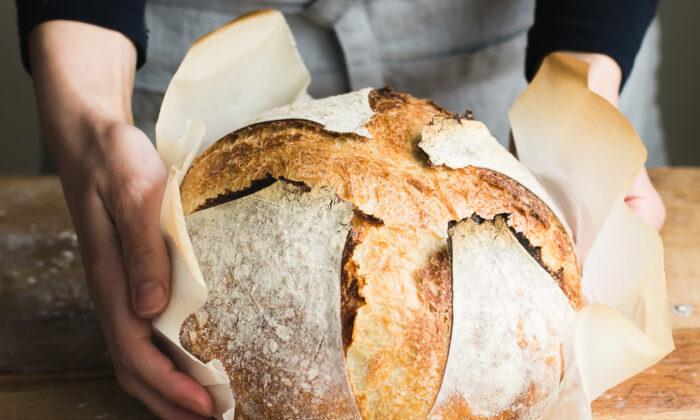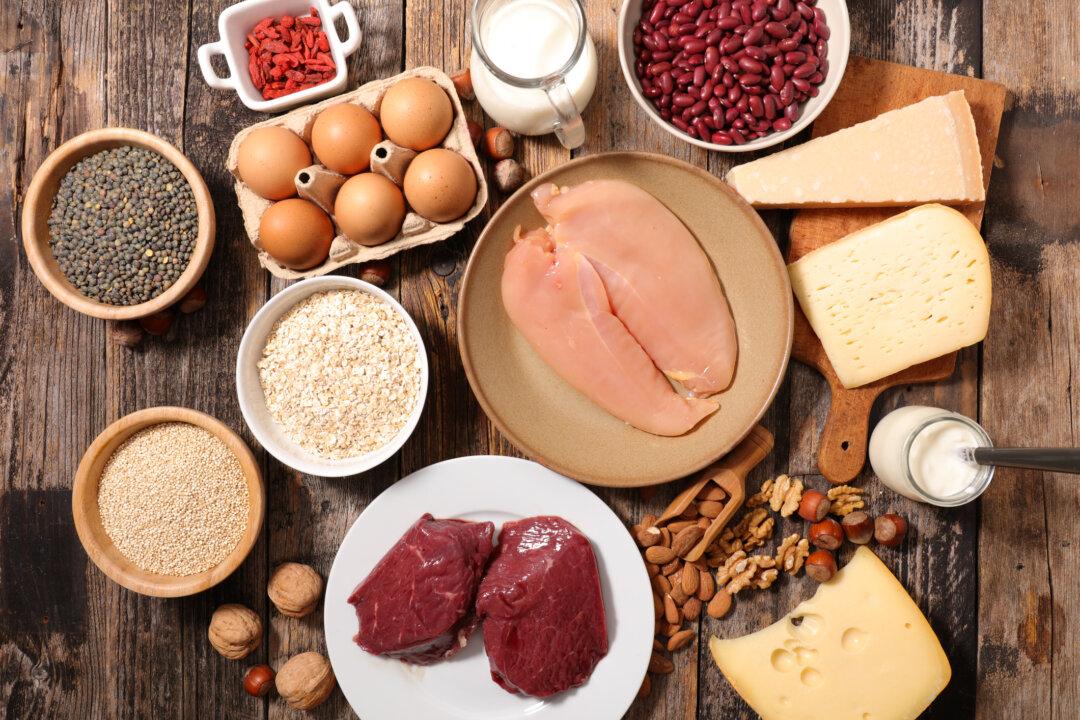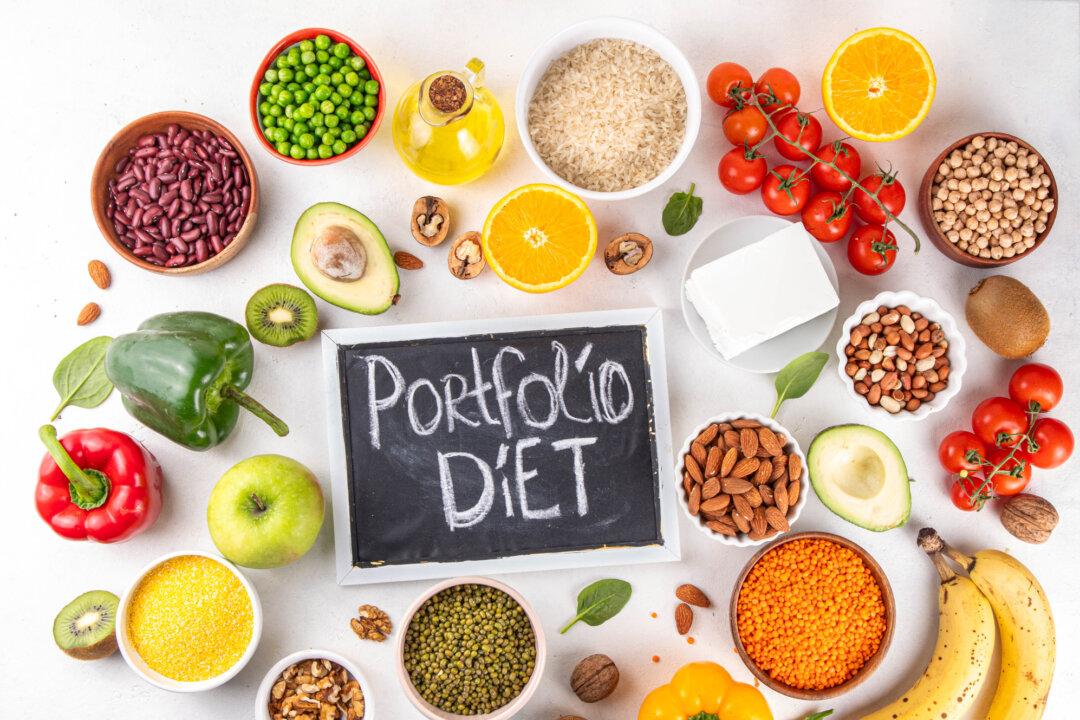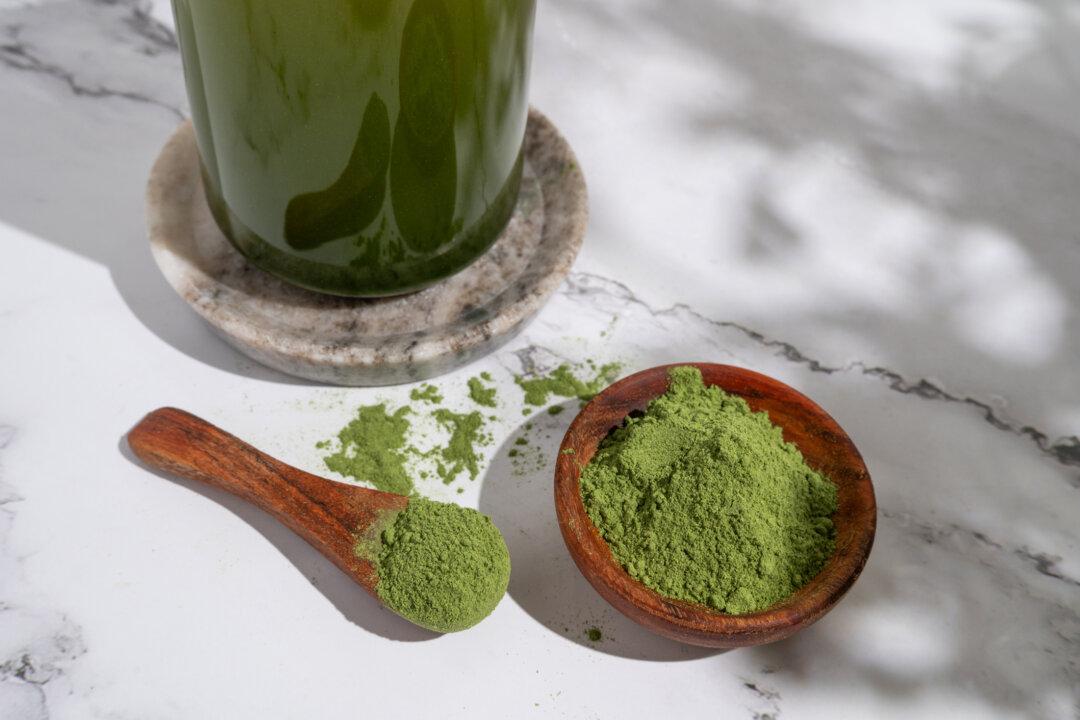These days, seemingly everyone is waxing poetic about the microbiome. There is a growing body of scientific evidence to suggest that gut dysbiosis (microbial imbalance of the intestine) is associated with inflammatory and immune-mediated ills, including heart disease and diabetes. So to improve quality of life, more people are looking for ways to fertilize their gut with beneficial micro-bugs.
A wide body of evidence has demonstrated that diet shapes the gut microbiome, and it turns out one way we can give our colony of microorganisms a boost is to feed it more not-so-fresh foods. After analyzing blood and stool samples of healthy adult participants, Stanford School of Medicine researchers discovered that a 10-week diet high in fermented foods (6 servings daily) resulted in measurable improvements in microbiome diversity and decreases in markers of inflammation, suggesting improved immune status. This is noteworthy because science has identified that healthy people typically have a more diverse microbiome composition than those suffering from chronic conditions.
Fermentation is a process where microorganisms like yeast and bacteria break down food components (e.g., sugars such as glucose) into other products (e.g., organic acids or alcohol). Historically, this has been used to extend shelf-life of items like vegetables and dairy. Beyond the potential microbiome benefit, the fermentation process may bring about other important perks, including generating bioactive compounds in the food, as well as the reduction of anti-nutrients. It also generates new flavor compounds and is why yogurt does not taste just like thick milk.
Yogurt

Miso
Made from cooked whole soybeans combined with koji (a bacteria starter), salt, and rice or barley, this umami-rich paste is great whisked into salad dressings or try stirring a tablespoon or two into mashed potatoes.Tempeh
Whole soybeans are soaked, cooked, left to ferment, and pressed into a firm meaty patty. Marinate and grill it like steak or crumble and use it as a substitute for ground meat in chili, pasta sauces, and tacos.Sauerkraut

Kefir
Most brands contain a higher probiotic count than yogurt, which accounts for its extra tang. Drink straight-up or use in smoothies and as a replacement for buttermilk in recipes.Kimchi
This Korean staple is made when vegetables are mixed with a fiery garlic chili seasoning and left to ferment for several days by lactic acid bacteria. Use as a topping for eggs, burgers, sandwiches, tacos, and pizza.Sourdough
Its quintessential tang hails from the old-school baking method of kickstarting fermentation with a bacteria- and yeast-rich starter. Enjoy a warm slice with olive oil.(C)2022 Belvoir Media Group, LLC. Distributed by Tribune Content Agency, LLC.





